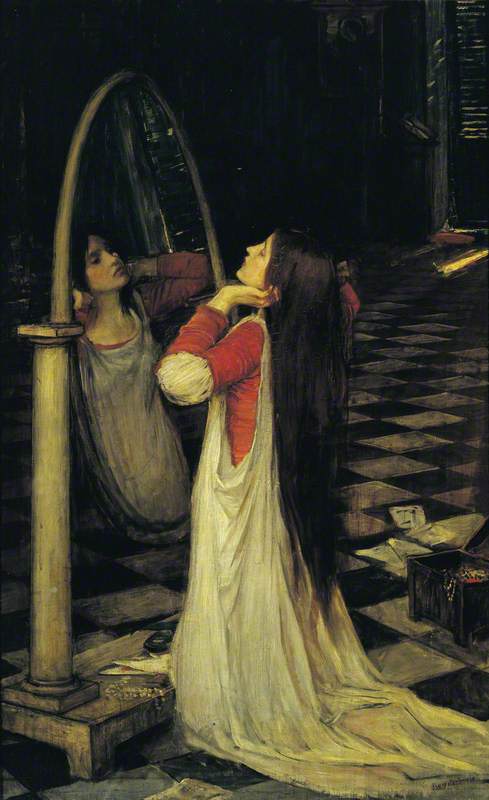 “I keep attracting the same type of person,” Marcus said, frustration evident in his voice. “Different faces, different backgrounds, but somehow I always end up with partners who are emotionally unavailable, highly critical, and make me feel like I’m walking on eggshells. My friends tell me to just choose better, but I don’t understand why I keep creating this pattern.”
“I keep attracting the same type of person,” Marcus said, frustration evident in his voice. “Different faces, different backgrounds, but somehow I always end up with partners who are emotionally unavailable, highly critical, and make me feel like I’m walking on eggshells. My friends tell me to just choose better, but I don’t understand why I keep creating this pattern.”
Marcus’s story reveals one of the most profound insights from depth psychology: our relationships are mirrors reflecting our unconscious patterns back to us. We don’t just randomly attract certain types of people—we unconsciously collaborate in creating relationship dynamics that mirror our internal world, our unhealed wounds, and our unlived potentials.
Carl Jung observed that we tend to attract partners who embody both our shadow qualities and our unrealized potentials. Understanding these mirroring dynamics can transform relationships from unconscious repetitions of old patterns into conscious opportunities for healing and growth.
The Psychology of Relationship Mirroring
Relationship mirroring operates on multiple levels simultaneously:
1. Shadow Mirroring: We attract partners who embody aspects of our own shadow—qualities we’ve disowned or rejected in ourselves. Marcus was drawn to emotionally unavailable partners because he had disowned his own emotional unavailability, having learned early in life that feelings were dangerous.
2. Wound Mirroring: We often recreate childhood dynamics in adult relationships, unconsciously choosing partners who will re-activate our original wounds. This isn’t masochistic—it’s the psyche’s attempt to heal old injuries by bringing them into consciousness.
3. Potential Mirroring: We’re attracted to people who embody potentials we haven’t developed within ourselves. The confident person attracts us because we haven’t claimed our own confidence; the creative person fascinates us because we’ve suppressed our own creativity.
4. Compensation Mirroring: We may attract partners who compensate for our one-sided development. The overly responsible person attracts the free spirit; the highly emotional person attracts the rational analyst.
Voice Dialogue and the Internal Family System
Hal and Sidra Stone’s discoveries about our multiple internal selves provide a precise framework for understanding relationship mirroring. We typically develop only a few of our many potential selves while disowning others. In relationships, we unconsciously arrange for our partners to carry our disowned selves.
Marcus’s Internal System:
- Developed Selves: “Pleaser Self,” “Responsible Self,” “Caretaker Self”
- Disowned Selves: “Angry Self,” “Selfish Self,” “Emotionally Unavailable Self”
Marcus was unconsciously attracted to women who embodied his disowned selves. Their emotional unavailability mirrored his own hidden emotional withdrawal. Their criticism reflected his own harsh inner critic. Their selfishness expressed the healthy selfishness he’d never allowed himself to develop.
The Mirroring Dynamic: By attracting emotionally unavailable partners, Marcus could experience his own emotional unavailability externally without having to own it internally. But this also meant he would constantly feel hurt and frustrated by the very quality he himself possessed but couldn’t acknowledge.
The Beebe Model and Type-Based Mirroring
John Beebe’s eight-function model reveals how psychological type creates predictable mirroring patterns in relationships.
Shadow Function Mirroring: We often attract partners whose dominant functions match our shadow functions. A thinking type might consistently attract feeling types because their underdeveloped feeling function gets projected onto partners.
Inferior Function Mirroring: Our most vulnerable, aspirational function often gets mirrored in partners. Marcus, a sensing type, was repeatedly attracted to highly intuitive women who embodied the visionary, future-focused qualities his inferior intuitive function longed to develop.
Archetypal Mirroring: Each function position in the Beebe model carries specific archetypal energy. Marcus’s partners often embodied his “Trickster” function—creating chaos and unpredictability that both fascinated and terrified him.
The Four Types of Relationship Mirrors
1. The Wound Mirror This partner activates your deepest childhood wounds, often behaving in ways similar to your primary caregivers. While painful, this mirroring offers opportunities to heal old injuries by bringing them into adult consciousness.
Marcus’s Pattern: His emotionally unavailable partners mirrored his mother’s emotional distance, giving him opportunities to heal his childhood wound of feeling unloved and inadequate.
2. The Shadow Mirror This partner embodies qualities you’ve rejected in yourself. You may be intensely attracted to or repulsed by these qualities, not recognizing them as disowned aspects of your own psyche.
Marcus’s Pattern: His critical partners reflected his own harsh inner critic, which he’d learned to suppress in order to be “nice” and acceptable to others.
3. The Potential Mirror This partner embodies positive qualities you admire but haven’t developed within yourself. You may feel inspired by them initially, but later feel inadequate or resentful.
Marcus’s Pattern: His partners’ confidence and self-assertion mirrored his own undeveloped ability to stand up for himself and express his needs directly.
4. The Compensation Mirror This partner provides qualities that balance your one-sided development. While initially complementary, this can become problematic if you become dependent on them rather than developing these qualities yourself.
Marcus’s Pattern: His spontaneous, emotionally expressive partners compensated for his overly controlled, people-pleasing nature.
Using Relationship Triggers as Growth Information
Every time your partner triggers you, they’re providing valuable information about your unconscious patterns. Instead of focusing solely on their behavior, you can use these triggers as doorways to self-awareness.
The Trigger Investigation Process:
- Notice the Trigger: What specifically does your partner do that creates the strongest emotional reaction in you?
- Identify the Pattern: When have you felt this way before? What childhood experiences does this trigger remind you of?
- Find Your Disowned Self: How might you exhibit this same quality that bothers you so much in your partner? What would it look like if you owned this trait in a healthy way?
- Reclaim the Projection: Instead of trying to change your partner, how can you develop or heal this aspect within yourself?
Marcus’s Trigger Work:
- Trigger: His partner’s emotional unavailability
- Pattern: Reminded him of feeling abandoned by his emotionally distant mother
- Disowned Self: His own emotional unavailability and fear of intimacy
- Reclamation: Learning to acknowledge his own emotional walls and gradually becoming more vulnerable
Transforming Mirroring from Unconscious to Conscious
The Unconscious Mirror: When we’re unaware of mirroring dynamics, we feel victimized by our partners’ behavior. We may think: “Why do I keep attracting these types of people?” or “If only they would change, our relationship would be perfect.”
The Conscious Mirror: When we understand mirroring, we can use our relationships as profound tools for self-discovery and healing. Every challenging partner becomes a teacher showing us exactly what we need to integrate or heal within ourselves.
Marcus’s Transformation: Instead of focusing on why his partners were emotionally unavailable, Marcus began asking: “How am I emotionally unavailable? What would it look like for me to become more emotionally present, both with myself and others?”
The Voice Dialogue Approach to Conscious Mirroring
The Stones’ work offers specific techniques for working with relationship mirrors:
Self Meetings: Regular dialogues with your disowned selves help you reclaim projections. Marcus began having conversations with his “Emotionally Unavailable Self,” discovering that this part had developed to protect him from being hurt as he was in childhood.
Energetic Awareness: Learning to distinguish between your energy and your partner’s energy prevents you from taking on their projections or losing yourself in the relationship.
The Aware Ego: Developing the capacity to choose which self to express rather than being unconsciously driven by your primary selves or reactive to your disowned selves.
Shadow Work and Relationship Mirroring
Understanding shadow dynamics is essential for conscious relationship mirroring. When we recognize that our strongest reactions to our partners often point to our own shadow material, we can use these reactions as invitations for integration rather than evidence of our partners’ flaws.
Marcus’s Shadow Integration:
- He discovered his attraction to critical partners reflected his own harsh inner critic
- He learned to acknowledge his own capacity for emotional withdrawal and selfishness
- He began developing healthy boundaries instead of chronic people-pleasing
- He practiced expressing his needs directly rather than hoping others would intuit them
The Four Stages of Conscious Mirroring
Stage 1: Victim Consciousness “My partner is the problem. If they would just change, everything would be fine.” You feel powerless and focus entirely on your partner’s behavior.
Stage 2: Pattern Recognition “I notice I keep attracting similar types of people.” You begin to see patterns but may still primarily blame external circumstances or “bad luck.”
Stage 3: Personal Responsibility “I must be contributing to this dynamic somehow.” You start examining your own role in creating relationship patterns, though you may still focus more on changing your behavior than understanding deeper dynamics.
Stage 4: Conscious Collaboration “My partner is mirroring something important for me to see about myself.” You use the relationship as a tool for mutual growth and healing, taking full responsibility for your own inner work while supporting your partner’s journey.
Working with Different Types of Mirrors
With Wound Mirrors:
- Practice self-compassion as old injuries surface
- Seek professional support for deep trauma work
- Distinguish between past wounds and present reality
- Use the activation as an opportunity to heal rather than re-traumatize
With Shadow Mirrors:
- Ask: “How do I embody this quality I dislike in my partner?”
- Practice owning disowned aspects in healthy ways
- Stop trying to eliminate shadow qualities and instead integrate them consciously
- Use shadow work techniques to reclaim projections
With Potential Mirrors:
- Identify qualities you admire in your partner that you could develop within yourself
- Stop depending on your partner to carry your unrealized potentials
- Begin actively cultivating these qualities through practice and conscious development
- Appreciate your partner’s gifts without trying to possess or appropriate them
With Compensation Mirrors:
- Recognize which functions or selves you’ve been projecting onto your partner
- Begin developing these capacities within yourself rather than relying on your partner
- Maintain appreciation for differences while building your own completeness
- Create conscious collaboration rather than unconscious dependence
The Beebe Model Applied to Conscious Mirroring
Understanding your psychological type structure helps predict which mirrors you’re most likely to attract:
If you’re a thinking type: You’ll likely attract feeling-function mirrors who show you your emotional landscape If you’re a sensing type: You’ll probably attract intuitive mirrors who reflect your visionary potentials
If you’re an introvert: You may attract extraverted mirrors who embody your social confidence If you’re a judging type: You might attract perceiving mirrors who reflect your spontaneous nature
Marcus’s Type Work: As an ISFJ, Marcus consistently attracted ENTP partners—his exact opposite. Their extraverted thinking challenged his people-pleasing, their intuitive perception reflected his unlived visionary potential, and their spontaneity mirrored his disowned freedom-seeking self.
When Mirroring Becomes Destructive
While relationship mirroring offers profound growth opportunities, some situations require professional intervention:
- When mirroring involves abuse, addiction, or severe mental illness
- When patterns are so entrenched that both partners remain unconscious despite efforts to change
- When trauma responses prevent clear thinking and conscious choice
- When one partner refuses to examine their own patterns or projections
Working with a Jungian-trained therapist can provide the safety and skill needed to navigate complex mirroring dynamics, especially when deep shadow work is involved.
Marcus’s Breakthrough
After two years of inner work, Marcus’s relationship patterns transformed dramatically:
“I realized I wasn’t a victim of these emotionally unavailable women—I was choosing them because they felt familiar and safe. They couldn’t hurt me the way an emotionally available person could, because I was just as unavailable as they were. When I started owning my own emotional walls and learning to be vulnerable, I stopped being attracted to people who couldn’t meet me emotionally. I found someone who could be present because I had learned to be present myself.”
The Result: Marcus’s current relationship still provides mirrors, but they’re growth-oriented rather than trauma-based. His partner reflects his potential for deeper intimacy rather than his old wounds of abandonment.
Embracing the Mirror
Every relationship is a mirror reflecting aspects of your psyche back to you. The question isn’t whether this mirroring is happening—it’s whether you’ll use it consciously for growth or unconsciously repeat old patterns.
When you understand that your strongest reactions to your partner often point to your own unlived or disowned aspects, every relationship trigger becomes an opportunity for integration. Every frustrating partner trait becomes information about your own development edges.
The person who irritates you most may be your greatest teacher. The qualities you most admire in your partner may be showing you your own unrealized potentials. The wounds your relationship activates may be exactly what needs healing for you to become whole.
Your relationship isn’t just about love—it’s about becoming who you’re meant to be. When both partners understand this, relationships transform from unconscious mirrors into conscious laboratories for mutual individuation and growth.
The mirror never lies. The question is: are you ready to see what it’s showing you?


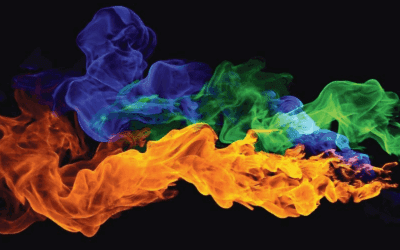
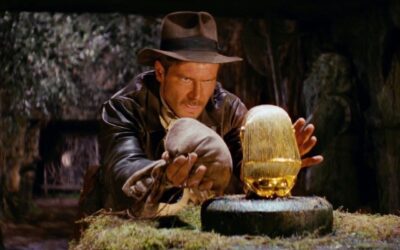
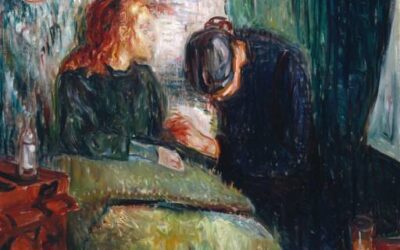
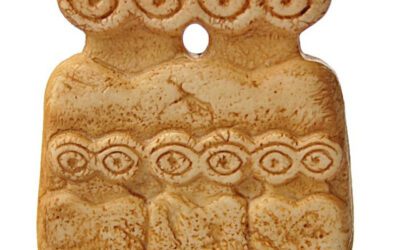

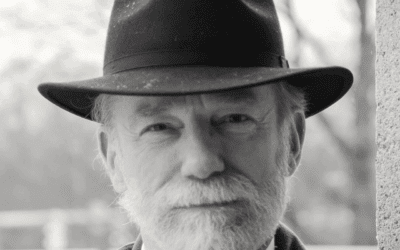
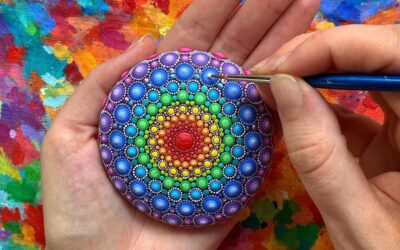



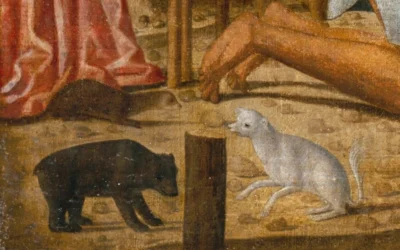

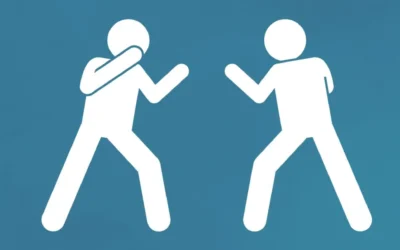
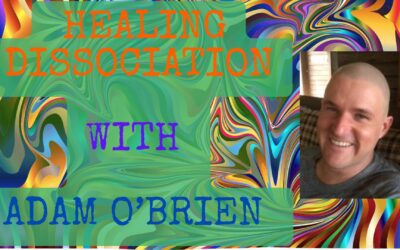
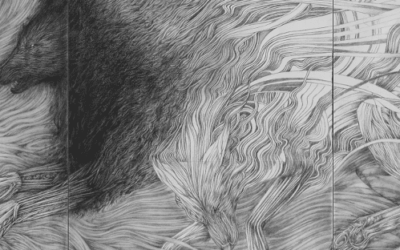
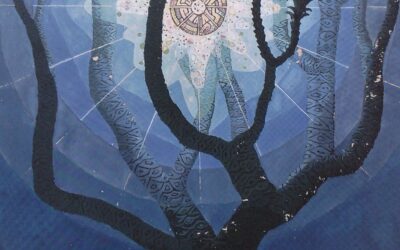
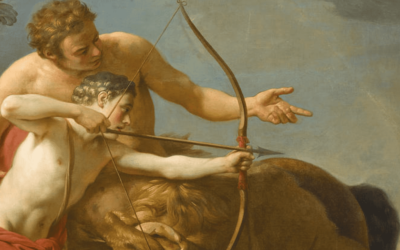

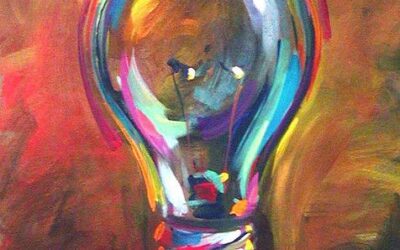
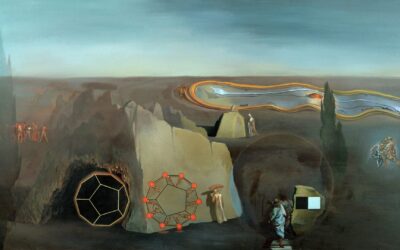
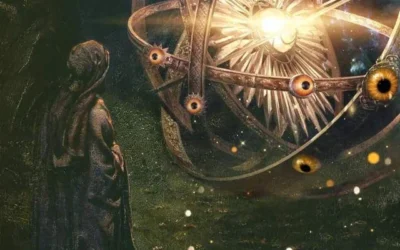



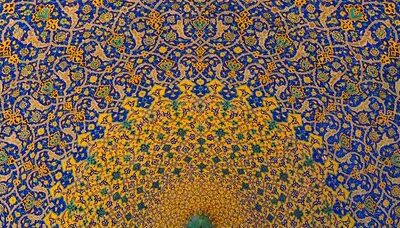
0 Comments